7 Proven Ways to Reduce Your Company's Mobile Costs in 2025
Are your company’s mobile bills a black hole of unpredictable costs? You’re not alone. Countless organizations enter each quarter facing seemingly ever-spiralling mobile expenses. As employees become increasingly more dependent on smartphones, tablets, and connected devices, managing these costs has become a full-time challenge of managing hidden fees, unused lines, and uncontrolled data usage.
Thankfully, the good news is that as mobile devices have evolved, so has mobility expense management. It is no longer just about negotiating carrier bills, but controlling the ownership of every mobile device throughout your organization. This includes reducing things like support costs, preventing data misuse, and maximizing the value from each investment.
In this latest article, we thought we would take a closer look at seven proven methods that you can apply in 2025 to bring clarity and control over your company’s mobile spending…

1The 7 best ways to reduce your company’s mobile costs
If you are facing rising costs and are looking for better mobility expense management, it can be tough to know where to begin. Here are our seven best methods to help you reduce expenses.
Quick Summary
- If Your Focus Is Carrier Costs
*Audit Plans: Analyze data usage to avoid paying for what you don't need.
*Eliminate Lines: Deactivate unused lines and features to cut forgotten fees. - If Your Focus Is Device Management
*Streamline IT: Use remote tools like AirDroid Business to save on labor.
*Monitor Usage: Prevent overages with real-time data alerts and usage caps. - If Your Focus Is Broader Business Policies
*Adopt BYOD: Let employees use personal phones to reduce device costs.
*Negotiate Contracts: Use usage data to bargain for better carrier rates.
*Control Roaming: Avoid surprise international bills with smart travel policies.
1 Audit and optimize your data plans
When it comes to mobility expense management, one of the first things that you should do is to audit and optimize your data plans. This is one of the fastest ways to cut mobility costs, and many companies find that they are paying for far more data than their employees actually use, while others often find that they are overspending on overage fees simply because their current plans are no longer properly aligned with their business needs.
A thorough audit will highlight lines that are underused or misaligned with the user’s role. For instance, a field technician may require a larger data package than a back-office employee who rarely uses mobile apps outside of Wi-Fi or a marketing associate who once traveled weekly may now work mostly from home. Of course, the reverse scenario is also a potential issue. For example, employees regularly exceeding their limits because the plan is too small can lead to hefty overage charges.
By analyzing usage reports, companies can identify trends and reallocate plans accordingly. Some organizations even implement shared or pooled data plans across teams, which provide flexibility without overspending. You should aim to undertake these audits twice a year to ensure that your plans are fully aligned with your requirements.

2 Eliminate unused lines and features
It may sound simple, but unused lines are one of the biggest drains on mobile budgets. When an employee leaves or a project ends, devices are often tossed in a drawer without the line being deactivated, and over the months and years, these forgotten fees can quietly add up.
Similarly, many accounts still carry premium features like international calling, voicemail-to-text, or extended warranties for devices that are no longer active or needed. Each of these charges might only be a few dollars a month, but multiplied across dozens of lines, the costs are significant.
A disciplined mobility expense management program should include quarterly reviews of all active lines and services. Cross-check the list of employees against active accounts, verify device status, and remove any features that are not essential. You should also consider the seasonal or project-based nature of some roles. For example, contractors or interns may only need a company line for three to six months, so implementing a strict offboarding process ensures those temporary lines don’t live on indefinitely.

3 Streamline device management to cut IT costs
Carrier charges are only one part of the cost puzzle, the hidden side is device management. Every time an employee calls IT for help, your organization spends valuable time and labor. A robust mobile device management (MDM) solution can help.
Airdroid Business helps optimize mobility expense management by reducing the hidden costs of device support. Its centralized platform allows your IT team to manage devices more efficiently, saving labor hours and minimizing downtime.
Here's how AirDroid Business helps you achieve these savings:
- Remote Troubleshooting & Access:
- Use Case: An IT team can instantly access and fix a field agent's app issue without needing an in-person visit, eliminating travel and downtime.
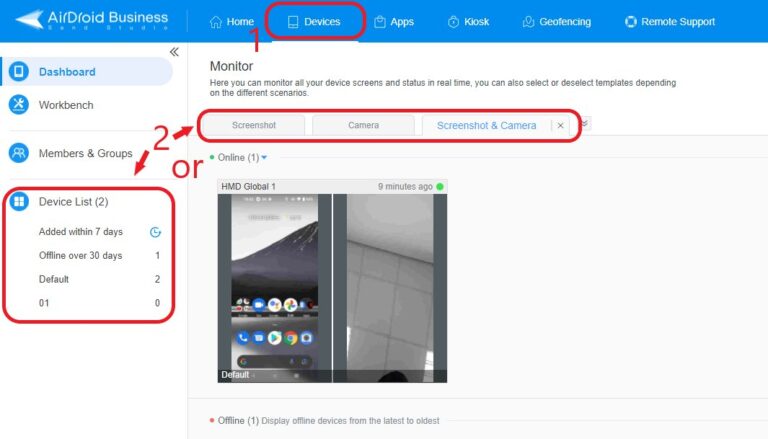
- Batch Configuration & Updates:
- Use Case: Instead of manually setting up dozens of devices, IT can push apps and updates to all devices at once, saving hours of manual labor.
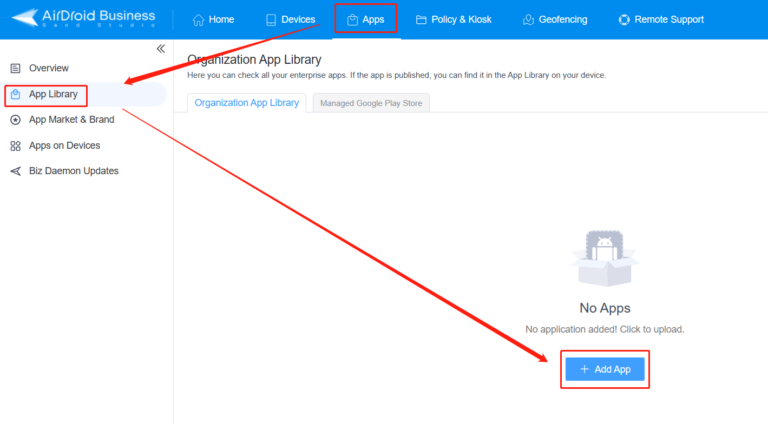
- Automated Security & Policy Enforcement:
- Use Case: Automatically enforce security policies across your device fleet to ensure compliance and reduce risk without manual checks.
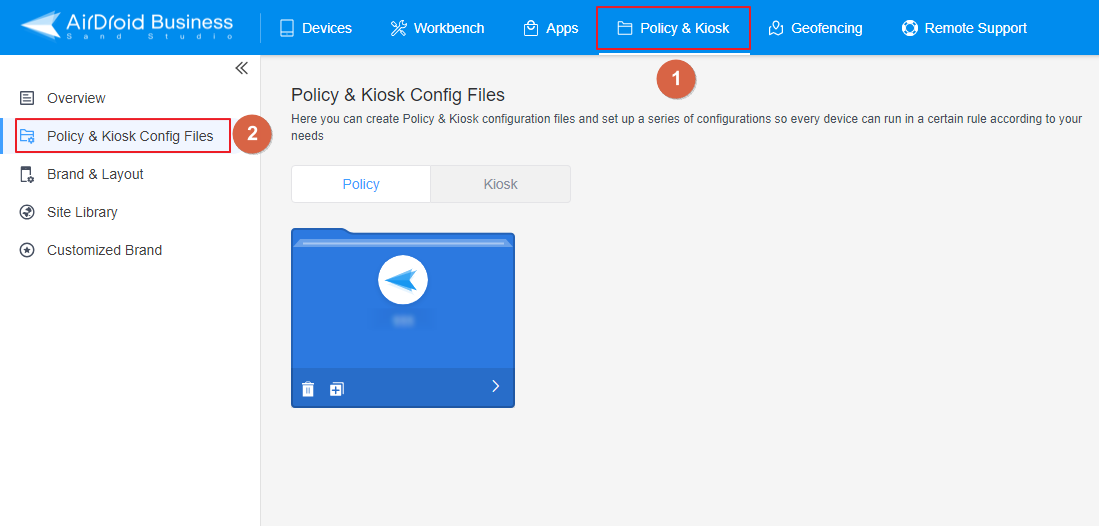
4 Implement usage monitoring and alerts
Uncontrolled data usage is one of the biggest culprits behind sudden spikes in mobile bills. Employees may not realize that streaming music, watching training videos, or updating large apps outside of Wi-Fi consumes enormous amounts of data. Without proper visibility, companies only discover the problem after the invoice arrives, and by then, the damage is done.
AirDroid Business offers a preventative approach with data usage monitoring and real-time alerts. Administrators can set thresholds for individual devices or groups, and when a device approaches its limit, it sends alerts to notify the IT team before overages occur. You can also whitelist approved apps and block high-data activities that aren’t work-related, further maximizing savings and efficiency.
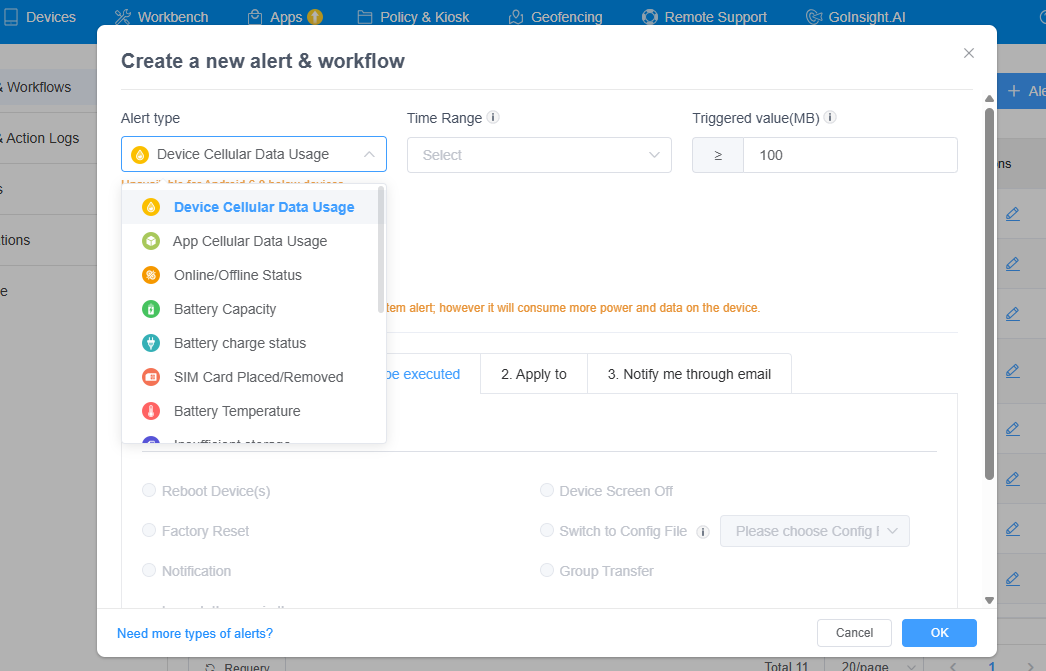
5Implement BYOD policies
As remote work and hybrid working patterns become more common, Bring Your Own Device (BYOD) programs are becoming increasingly popular. These allow organizations to reduce the need to purchase and maintain a fleet of devices by letting employees use their personal phones for work, with the company only covering part of the cost.
For businesses, this model shifts a large portion of the total cost of ownership away from corporate budgets. However, BYOD must be managed carefully, and security policies need to be clear to protect sensitive company data, while employees must feel confident that their privacy is respected.

6 Negotiate with carriers and consolidate services
Carrier contracts are rarely set in stone, and many businesses are paying outdated rates simply because they have not revisited their agreements in a while. By negotiating with carriers or consolidating multiple services under one provider, organizations can often unlock substantial savings.
The key is preparation, however, and before entering negotiations, you should gather data about actual usage, inactive lines, and current costs. With this information in hand, you can demonstrate why your company deserves better terms, and you will find carriers are far more open to renegotiation when they see you have a clear picture of your mobility expense management strategy.
Consolidating services is another powerful tactic to reduce costs. Managing multiple carriers for different departments or locations creates administrative complexity and dilutes your bargaining power. By consolidating all accounts under a single carrier, you simplify billing and strengthen your position to negotiate volume discounts.

7 Control international roaming costs
Few things shock finance teams more than international roaming bills. A single employee forgetting to switch off roaming or relying on default settings while abroad can generate charges that dwarf the regular monthly bill. For organizations with global operations, these costs can quickly spiral if not managed properly.
The first step is to create a clear and proactive roaming policy. Employees who travel should understand what is expected of them and which options are available before they board a plane. A policy might include booking international day passes in advance, which many carriers now offer as a cost-effective alternative to pay-as-you-go roaming. Another option is to provide regional or country-specific SIM cards that employees can insert upon arrival. These typically come at a fraction of the cost of carrier roaming rates and can be tailored to the countries that your team visits most frequently.
Some companies issue dedicated travel devices specifically for international assignments. These phones are preconfigured with affordable plans and can be loaned to employees only when needed. This avoids surprises on personal or standard work devices and allows the business to control usage more effectively.
Another key piece of mobility expense management is monitoring and restriction. By setting data caps or limiting high-consumption apps, organizations can ensure that devices used abroad remain within budget. Even small measures, like disabling automatic updates or background app refresh while traveling, can significantly cut roaming charges.
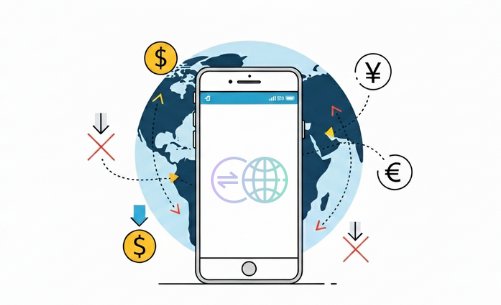
2FAQs About Mobility Expense Management
3Final thoughts
When it comes to mobility expense management, each of these seven tips can help you to reduce your expenses by cutting waste, streamlining remote management and monitoring, and providing structural savings to keep costs in check. As mobile devices become more important for businesses, having the right oversight is essential to stop them from draining your budget.
By auditing data plans, eliminating unused services, streamlining management with tools like AirDroid Business, and negotiating smarter carrier agreements, your organization can regain control of mobile spending. Implementing proactive measures, such as usage monitoring, BYOD policies, and roaming controls, creates a sustainable system that benefits both the business and its employees.

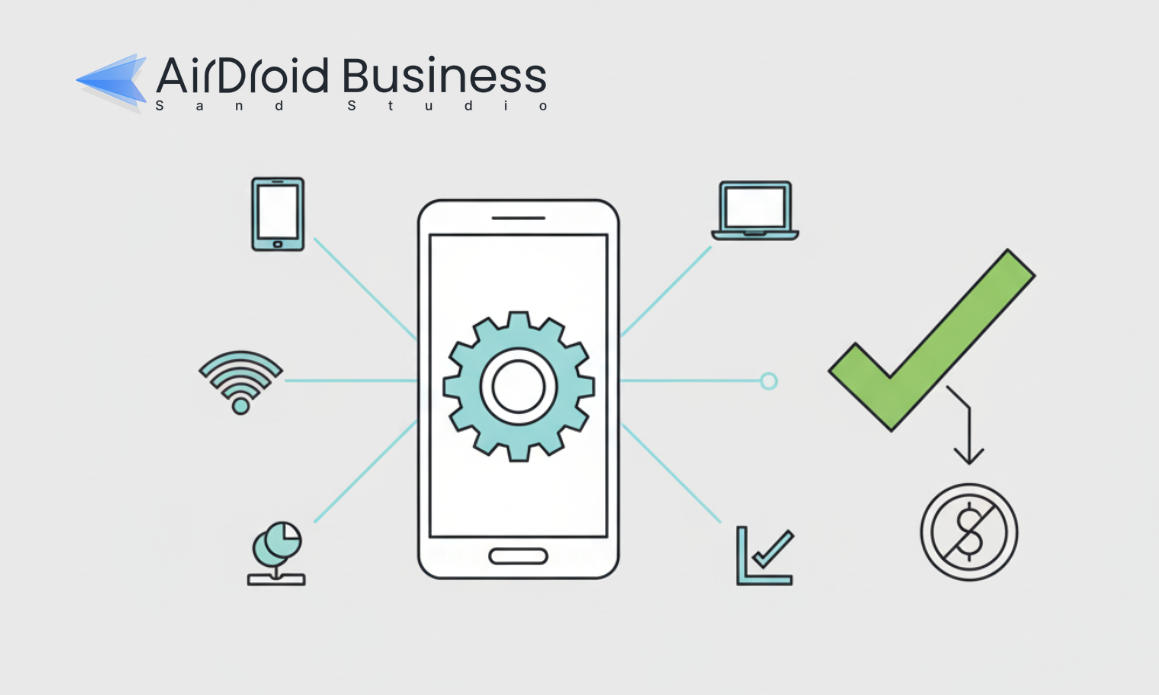






Leave a Reply.